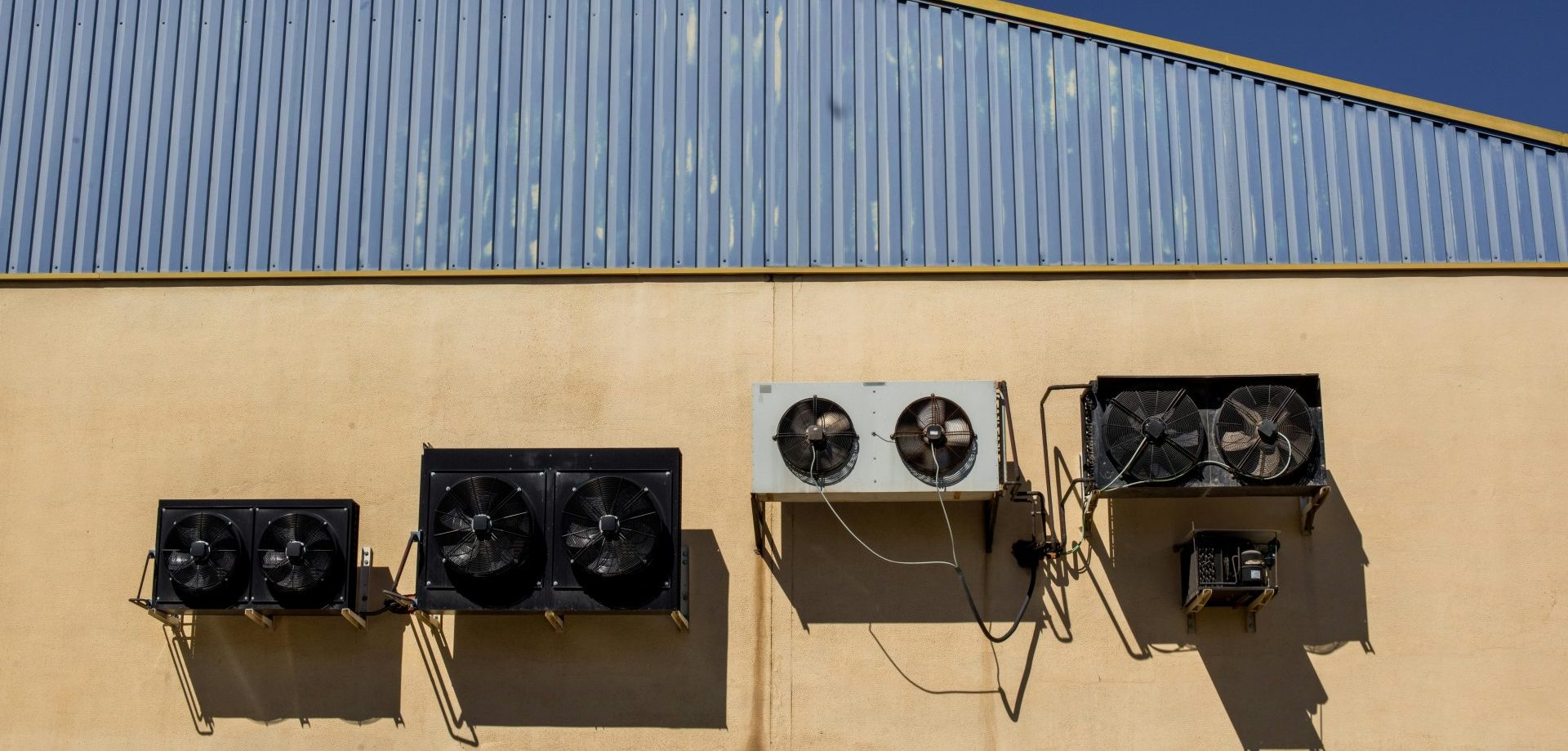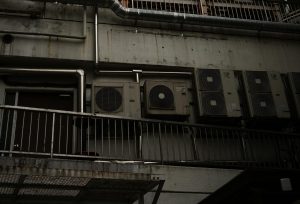
If you are considering upgrading or installing a new heating and cooling system, understanding your options is essential. One of the most common questions we hear from homeowners and business owners is, what are the types of HVAC systems? This guide explains the four main types of HVAC systems, how they work, and where they work best, so you can make a more informed decision for your property.
A split system is the most common type of HVAC system in both residential and small commercial buildings. It consists of an indoor unit and an outdoor unit, connected by refrigerant lines, with ductwork running throughout the building to distribute conditioned air.
Best for: Homes and small businesses with existing ductwork.
Key Features:
Pros:
Cons:
A Hybrid Split System is similar to a standard split system, but it includes both a gas and electric fuel source, allowing it to switch between the two depending on efficiency and cost.
Best for: Homes in areas with seasonal changes or rising natural gas prices.
Key Features:
Pros:
Cons:
A ductless mini-split system (or duct-free system) includes one or more indoor units connected to an outdoor unit, with no need for ductwork. Each indoor unit can control airflow and temperature in individual rooms.
Best for: Add-ons, apartments, and commercial properties without ductwork.
Key Features:
Pros:
Cons:
Packaged systems combine all components into a single unit that is typically installed on a rooftop or near the foundation of the building. These systems are designed to handle both heating and cooling.
Best for: Commercial buildings, office buildings, and homes with limited storage space.
Key Features:
Pros:
Cons:
While the four systems above are most common, other HVAC designs may suit specific projects:

Selecting the right HVAC system depends on several factors, including:
Consulting with an experienced HVAC contractor is essential. Our team at Melbourne Heating and Cooling can help assess your needs, evaluate HVAC options, and recommend the most efficient heating and cooling system for your space.
Now that you understand what are the different types of HVAC systems and how they suit different properties, it is time to make the right investment. Whether you are looking to reduce operating costs, improve indoor air quality, or increase comfort, our HVAC services deliver reliable results.
Our team specialises in gas ducted heating, split system air conditioning, ducted refrigerated cooling, evaporative cooling, and hot water system services. Let us help you find a solution that fits your space, budget, and long-term goals.
Visit our website or go to our contact us page to speak with an expert and schedule a consultation. With the right system and professional guidance, you can improve your property’s comfort and efficiency for years to come.
Complete the form below to get a FREE no obligations quotation on any of the services we offer.
